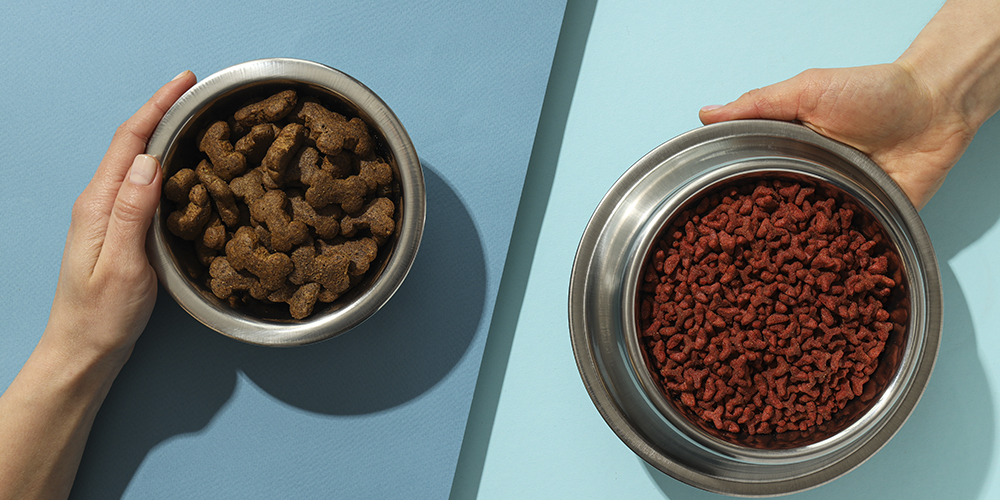Title: A Guide on How to Properly Switch Your Pet’s Food
Introduction:
Switching your pet’s food is a delicate process that requires careful consideration to ensure their health and well-being. Whether you’re transitioning to a new brand, type, or a special diet recommended by your veterinarian, making the switch gradually is essential. Abrupt changes can lead to digestive upset, refusal to eat, or even more severe health issues. This article will guide you through the proper steps to switch your pet’s food seamlessly, ensuring a smooth transition for their stomachs and taste buds.
1. **Consult with Your Veterinarian:**
Before making any changes to your pet’s diet, it’s crucial to consult with your veterinarian. They can provide valuable insights into the specific dietary needs of your pet based on factors like age, breed, health condition, and activity level. Your vet can recommend the most suitable food type and guide you on a safe transition plan.
2. **Gradual Transition:**
The key to a successful food switch is gradual transition. Start by mixing a small amount of the new food with the old one. Begin with a ratio of 75% old food and 25% new food. Over the course of 7-10 days, gradually increase the proportion of the new food while decreasing the old food. This slow transition allows your pet’s digestive system to adjust to the new ingredients.
3. **Observe Behavior and Health:**
During the transition period, closely monitor your pet’s behavior, appetite, and overall health. If you notice any signs of digestive upset, such as vomiting, diarrhea, or changes in stool consistency, slow down the transition process or revert to the previous food ratio. If symptoms persist, consult your veterinarian.
4. **Maintain Consistency:**
Consistency is crucial in maintaining your pet’s digestive health. Stick to a regular feeding schedule and avoid frequent changes in their diet. Sudden changes can lead to stress and digestive issues, so it’s best to keep their meals consistent once the transition is complete.
5. **Hydration is Key:**
Ensure that your pet stays hydrated throughout the transition. Monitor their water intake and encourage them to drink more if needed. Proper hydration supports digestion and helps prevent constipation or other digestive issues that may arise during the food switch.
6. **Be Patient:**
Patience is essential during the transition period. Some pets may adapt quickly, while others may take more time. It’s normal for them to be hesitant about a new food initially. Allow your pet the time they need to adjust, and avoid pressuring them to eat.
7. **Consider Special Dietary Needs:**
If your pet has specific dietary needs or health conditions, such as allergies or sensitivities, choose a food that addresses those concerns. Specialized diets may require more careful monitoring during the transition, so be sure to follow your veterinarian’s advice closely.
Conclusion:
Switching your pet’s food is a thoughtful process that requires careful planning and attention to detail. By consulting with your veterinarian, gradually transitioning their diet, and monitoring their health and behavior, you can ensure a smooth and successful switch. Remember that every pet is unique, so be patient and attentive to their individual needs throughout the transition period.



3 Comments
Adam Brown
I found your blog only now and I LOVE it!! Thank you for this great post, I’m definitely going to use some of your ideas!!!
Jessica Brown
Just what I needed, thank you!
Mike Newton
What a nice article. It keeps me reading more and more!
Comments are closed.